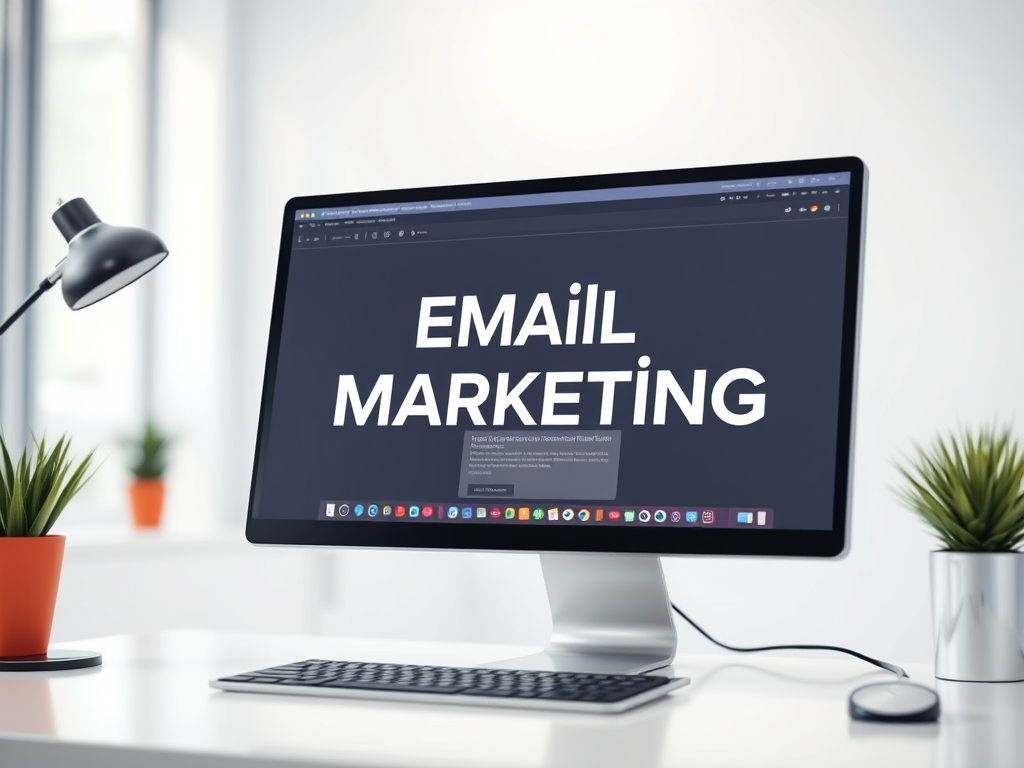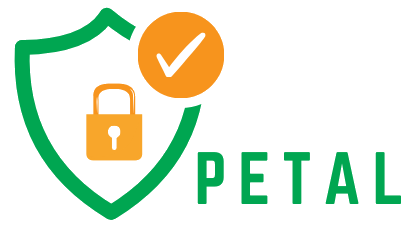Unlocking the Power of Email Campaigns: Your Guide to Boosting Engagement and Conversions
Master the Art of Crafting Effective Email Campaigns that Drive Results and Build Stronger Customer Relationships
Introduction

Did you know that emails with a strong, well-timed call to action can increase your conversion rates by 28%? Email campaigns are one of the most powerful ways to engage with your audience and drive conversions. Whether you’re promoting a new product, building customer loyalty, or nurturing leads, well-executed email campaigns can make all the difference.
In this blog, we’ll walk you through the essentials of email campaigns—what they are, why they matter, and how to craft the perfect campaign for your audience.
Table of Contents
- What is an Email Campaign? A Guide for Beginners
- Types of Email Campaigns
- Benefits of Email Campaigns
- Key Tips for a Successful Email Campaign
- Advanced Email Campaign Strategies
- Measuring the Success of Your Email Campaign
- Key Takeaways
- FAQs
- Conclusion
- Call-to-Action (CTA)
- Visual & Navigational Enhancements
Section 1: What is an Email Campaign? A Guide for Beginners
Why it matters:
An email campaign is an organized series of emails designed to achieve a specific business goal, like promoting a product or engaging with your audience. Whether you’re a startup or a well-established brand, email campaigns allow you to communicate directly with your audience in a personalized and cost-effective manner.
Key Points:
- Email campaigns are essential for building brand visibility and trust.
- They help businesses promote products, offer valuable content, and drive sales.
- Consistent, well-crafted emails maintain engagement with your audience.
Examples/Stats:
- Businesses that use email marketing generate $36 for every $1 spent on campaigns.
- Studies show that segmented email campaigns improve open rates by 14% compared to non-segmented emails.
Section 2: Types of Email Campaigns
Why it matters:
Not all email campaigns are created equal. Depending on your goals, you can choose from various campaign types, each tailored to different stages of the customer journey.
Key Points:
- Promotional Emails: Share new products, sales, or exclusive offers.
- Welcome Emails: Greet new subscribers and introduce your brand.
- Newsletters: Keep your audience informed with regular updates.
- Lead Nurturing Emails: Build relationships with potential customers over time.
- Re-engagement Emails: Reconnect with inactive subscribers.
Examples:
- A welcome email offering a discount or exclusive content is a great way to make a strong first impression.
- Seasonal campaigns for holidays or special events help keep your brand top-of-mind.
Section 3: Benefits of Email Campaigns
Why it matters:
Email campaigns deliver measurable results and a high return on investment (ROI), making them an essential tool for any business looking to build a loyal audience and drive conversions.
Key Points:
- Direct Customer Engagement: Email offers a personal, one-on-one connection with your audience.
- Cost-Effective Marketing: Email marketing provides a high ROI at a low cost.
- Personalized Content: Segmentation and targeting allow you to send tailored messages.
- Measurable Results: Track open rates, click-through rates, and conversions to gauge success.
Examples/Stats:
- Companies with segmented email lists have 760% higher revenue from email campaigns.
- Email campaigns that are mobile-optimized experience a 15% higher click rate than non-optimized campaigns.
Section 4: Key Tips for a Successful Email Campaign
Why it matters:
Running a successful email campaign requires more than just sending emails. By following best practices, you can significantly improve your chances of success.
Key Points:
- Know Your Audience: Tailor your emails to meet the needs and interests of your recipients.
- Catchy Subject Lines: Your subject line is your first impression—make it enticing!
- Clear Call to Action (CTA): Every email should have a clear, actionable CTA that encourages the recipient to take the next step.
- Mobile Optimization: Ensure your emails look great on all devices, especially mobile phones.
- A/B Testing: Regularly test different elements (subject lines, CTAs, etc.) to see what works best.
Pro Tip:
Use A/B testing on subject lines to see what resonates with your audience. A simple tweak in wording can lead to significantly better results.
Section 5: Advanced Email Campaign Strategies
Why it matters:
Once you’ve mastered the basics, it’s time to take your email campaigns to the next level. By utilizing advanced strategies, you can further optimize your campaigns, increase engagement, and ensure you’re reaching the right audience with the right message.
See also: Striking While the Iron is Hot: Engage Your Audience with Effective Email Campaigns
Key Points:
- Automation: Set up automated workflows for specific triggers, such as welcome emails or abandoned cart reminders. This helps save time and ensures timely communication.
- Dynamic Content: Use dynamic content blocks to tailor messages within the same email based on subscriber data, like their location or previous purchase behavior.
- Behavioral Targeting: Target users based on actions they’ve taken on your website, like browsing specific products or downloading a whitepaper.
- Re-engagement Campaigns: Run re-engagement campaigns to win back inactive subscribers with special offers or content they may have missed.
- Email List Hygiene: Regularly clean your email list by removing inactive subscribers or correcting invalid email addresses. This improves deliverability and engagement rates.
Examples/Stats:
- According to a report from eMarketer, emails that include dynamic content have a 73% higher conversion rate compared to those without it.
- Automated welcome emails generate 320% more revenue than non-automated emails.
Section 6: Measuring the Success of Your Email Campaign
Why it matters:
Measuring the performance of your email campaigns is key to understanding their effectiveness and making data-driven decisions for future campaigns.
Key Points:
- Open Rate: Measures how many recipients opened your email. A higher open rate indicates a compelling subject line and relevant timing.
- Click-Through Rate (CTR): Shows how many people clicked on a link or CTA within your email. A high CTR suggests strong email content and an effective CTA.
- Conversion Rate: Tracks how many recipients took the desired action after clicking on your email, such as making a purchase or signing up.
- Bounce Rate: Indicates how many emails were undeliverable. Keeping this rate low is critical for maintaining good deliverability.
- Unsubscribe Rate: Helps track the number of people who unsubscribed after receiving an email. A high rate could indicate irrelevant content or poor email frequency.
Examples/Stats:
- The average open rate across all industries is about 21.3%, with the highest open rates occurring in the education, nonprofit, and government sectors.
- Conversion rates can increase by 50% if your email campaigns are personalized based on customer behavior.
Here’s how the combination of Key Takeaways, Conclusion, FAQs, Call-to-Action (CTA), and Visual & Navigational Enhancements can come together to create a unique, SEO-friendly, and user-friendly section:
Key Takeaways
- Email campaigns are a powerful tool for building relationships, driving traffic, and boosting sales.
- Different types of campaigns serve different purposes, so choose the one that aligns with your goals—whether it’s promotional, educational, or re-engagement.
- Personalize your content by segmenting your list and optimizing for mobile devices to ensure your emails are well-received and impactful.
- Regular testing, tracking, and optimization are essential for continuous improvement. Keep refining your subject lines, CTAs, and overall strategy.
- Automation and dynamic content can personalize and streamline your email campaigns for better results.
- List hygiene is vital. Regularly cleaning your email list ensures high engagement and good deliverability.
- Advanced targeting strategies like behavioral targeting and re-engagement campaigns can elevate your campaigns, boosting conversions.
Conclusion
Email campaigns are not just a marketing tool—they are an essential part of building long-term customer relationships, increasing brand visibility, and driving conversions. Whether you’re new to email marketing or looking to optimize your existing strategy, these tips and strategies will help you craft campaigns that deliver value and connect with your audience.
Are you ready to take your email marketing to the next level? Implement these strategies today and watch your business thrive!
FAQs
Q: What is the best time to send an email campaign?
A: While optimal timing varies, midweek mornings often yield good results. Test different times to find the perfect window for your audience.
Q: How often should I send emails?
A: A good starting point is one email per week or bi-weekly. Based on audience feedback and engagement, you can adjust the frequency accordingly.
Q: What tools can I use for email campaigns?
A: Popular email marketing tools include Mailchimp, Constant Contact, and HubSpot. These platforms make it easy to create, schedule, and track your email campaigns.
To Contribute Your Article Contact us at: securepetal@gmail.com
To learn more about email marketing connect with our writing partner Digital Cloves.
